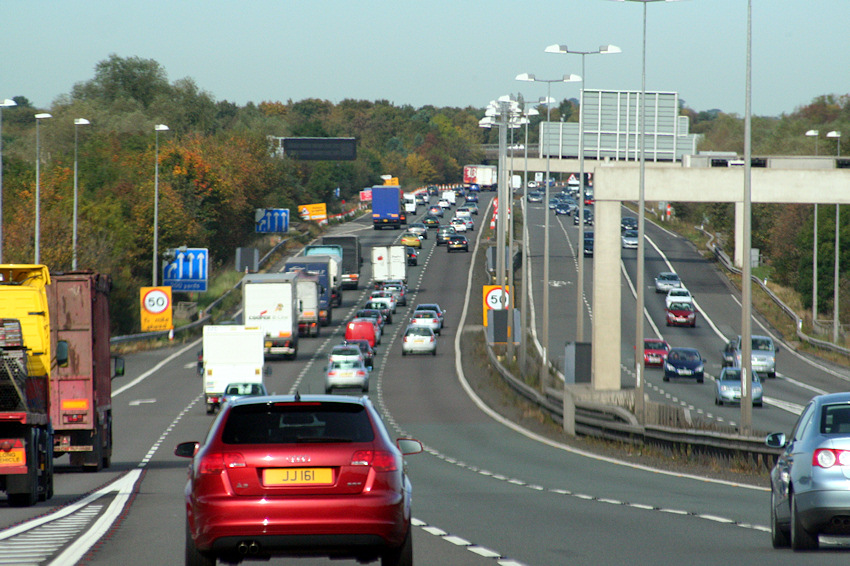HGV Infrastructure Boost Needed to Reach Decarbonisation Targets

California regulators have approved plans to outlaw diesel-powered heavy-duty vehicles in the state by 2042, meaning that new trucks for certain fleets must be only hydrogen and electric.
US trucking body, the North American Council for Freight Efficiency, recently unveiled a report that concluded that hydrogen would be the “only viable economic choice for zero-emission long-haul trucking”.
The decision by California regulators shows how a huge new market for hydrogen trucks could be opening, especially with the state set to invest $10 billion over six years to support zero-emissions vehicles and infrastructure.
There will be a demand for zero-emissions vehicles
The Advanced Clean Fleets (ACF) rule, which was approved by the California Air Resources Board (CARB) recently, is designed to reduce a quarter of the state’s on-road GHG emissions and improve air quality for local residents.
This rule means that manufacturers, truck owners and fueling providers are provided with the assurance that there will be a market and demand for zero-emissions vehicles. In addition, it provides a flexible path to making the transition towards cleaner air.
The ACF will apply to fleets collecting or delivering goods at ports or rail terminals and those owned by state, local and federal government agencies, as well as high-priority fleets.
It is expected by the state that the ACF will save fleet owners an estimated $48 billion in their total operating costs by 2050 while generating $26.6 billion in health savings from reduced asthma attacks, emergency room visits and respiratory illnesses.
CARB said that under the new rule: “Fleet owners operating vehicles for private services such as last-mile delivery and federal fleets such as the Postal Service, along with state and local government fleets, will begin their transition toward zero-emission vehicles starting in 2024.”
The rule includes the ability to continue operating existing vehicles through their useful life.
However, it added: “Due to the impact that truck traffic has on residents living near heavily trafficked corridors, drayage trucks will need to be zero emissions by 2035.”
All other fleet owners will have the option to transition a percentage of their vehicles to meet expected zero-emission milestones. This gives the owners the flexibility to continue operating combustion-powered vehicles as needed during the move toward cleaner technology.
How can the UK learn from this?
Last month, the HGV sector called for an urgent government-led strategy to drive the uptake of zero-emission trucks to meet decarbonisation targets.
This came after analysis from the Society of Motor Manufacturers and Traders (SMMT) revealed that Britain’s strategic road network has not got a single HGV-dedicated electric charging or hydrogen filling point.
SMMT wants a strategy delivered within the next year that focuses on the specific requirements of HGVs to enable operators to plan and invest while minimising additional logistics costs that would be passed on to the consumer.
The strategy must improve incentives for operators to encourage investment in zero-emission trucks and it should include reforms to support investment, planning and energy provision to facilitate key depot-based infrastructure.
A lack of infrastructure is making it impossible for the majority of operators to think about investments to decarbonise their fleets, putting critical carbon emission savings at risk.
In the UK, from 2035, all new HGVs weighing under 26 tonnes sold in the UK must be zero-emission, the same date as for the car and van sectors.
It leaves the remaining heavier vehicles with the deadline of being completely decarbonised five years later. However, the initial deadlines leave many operators just one full eight-year cycle of fleet renewal to make the transition.
There are not enough electric and hydrogen HGVs on UK roads
Many investment announcements for public car charging infrastructure have been made recently but no equivalent plan for HGV-dedicated infrastructure.
Currently, HGV manufacturers are investing in a variety of electric and hydrogen models, but these currently account for just one in 600 trucks on UK roads.
Delivering sufficient levels of public infrastructure would significantly increase operator confidence to make the necessary investments to decarbonise their fleets, and be encouraged to use hydrogen.
Seeing strategies being delivered in other places, such as California will help to boost this confidence because it will show that hydrogen can be used in a safe, reliable and cost-effective way.

